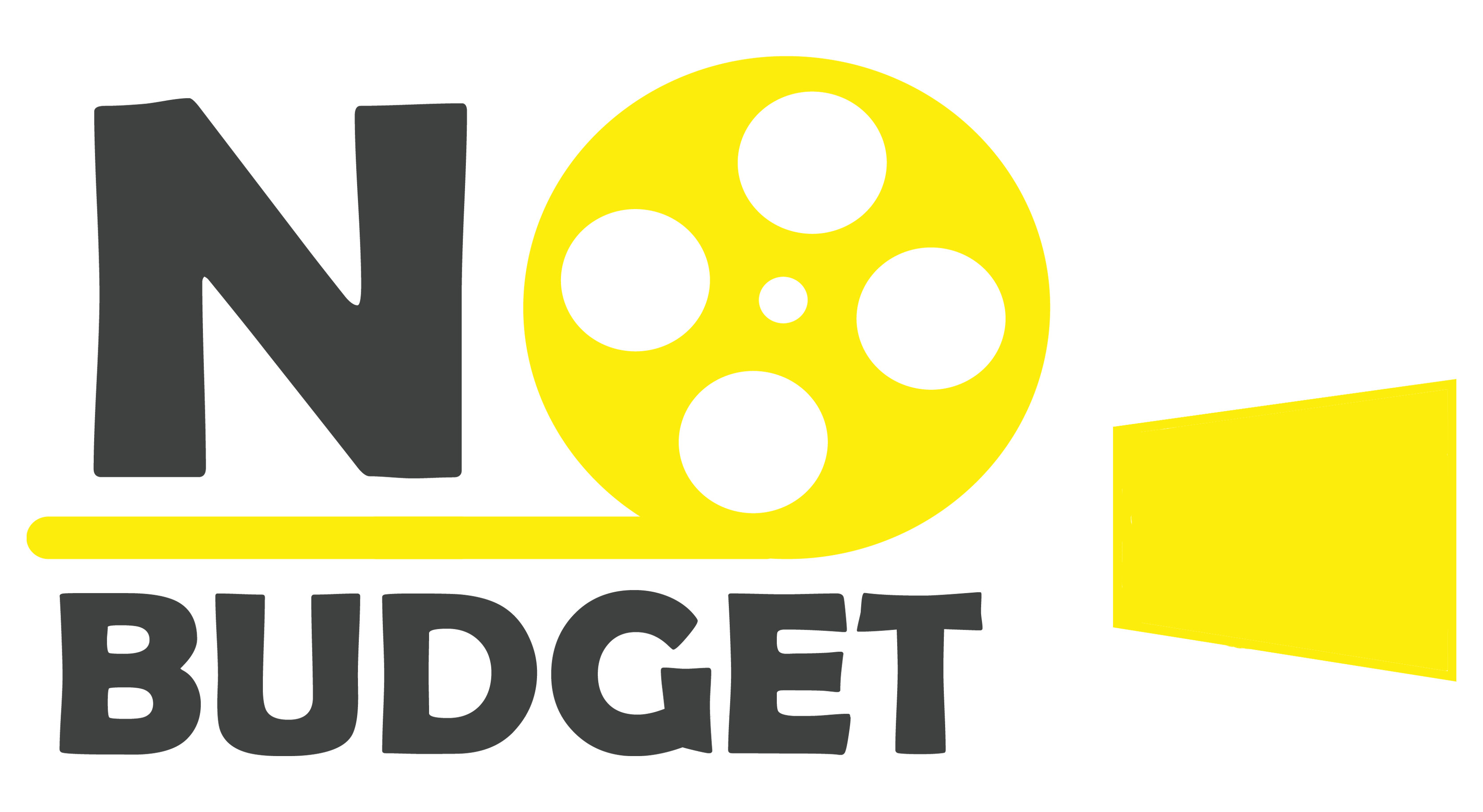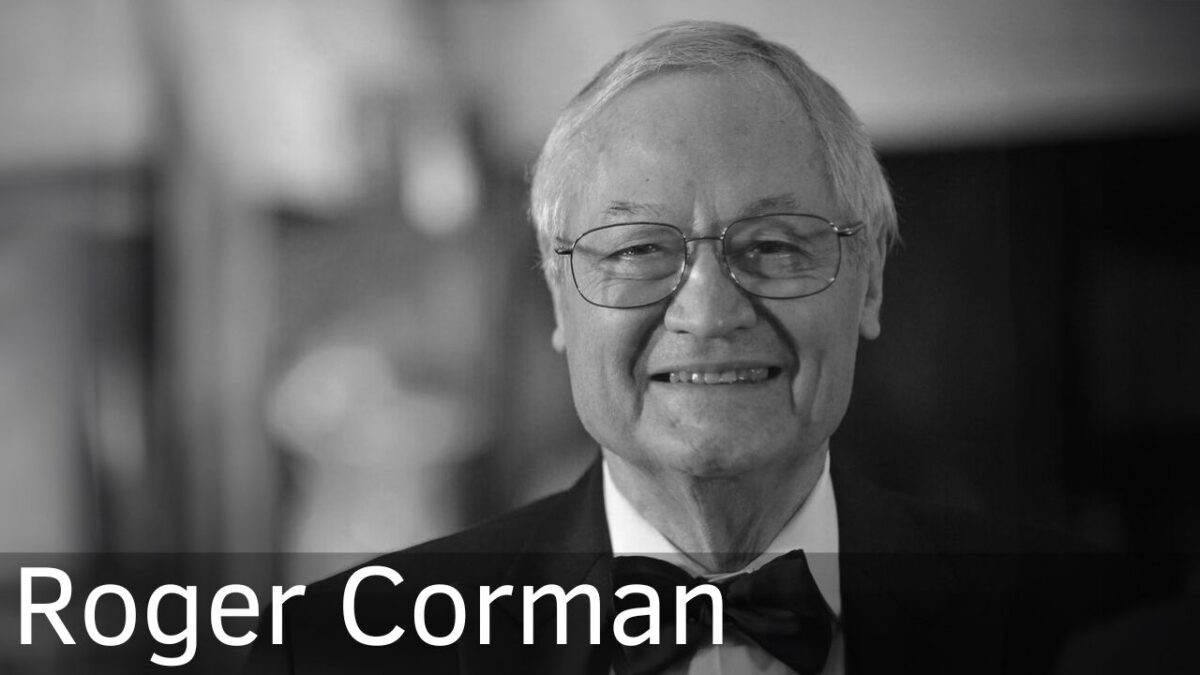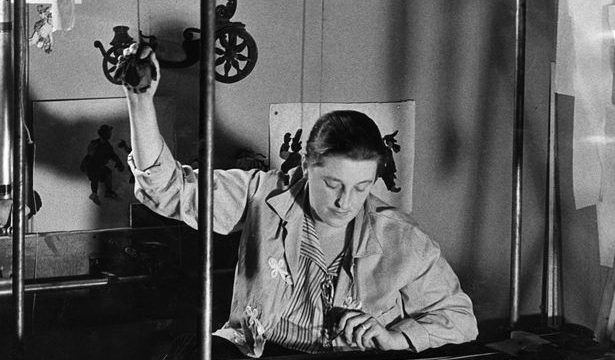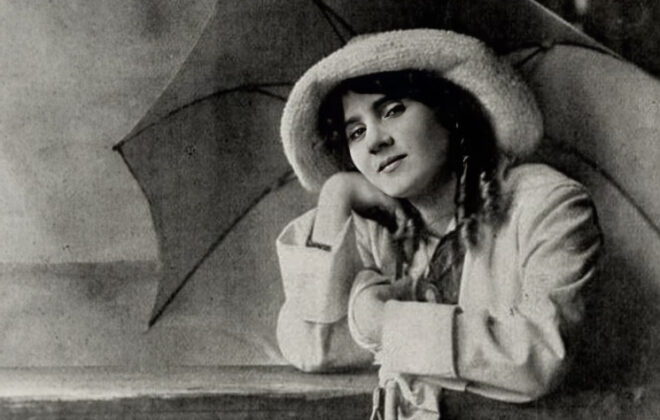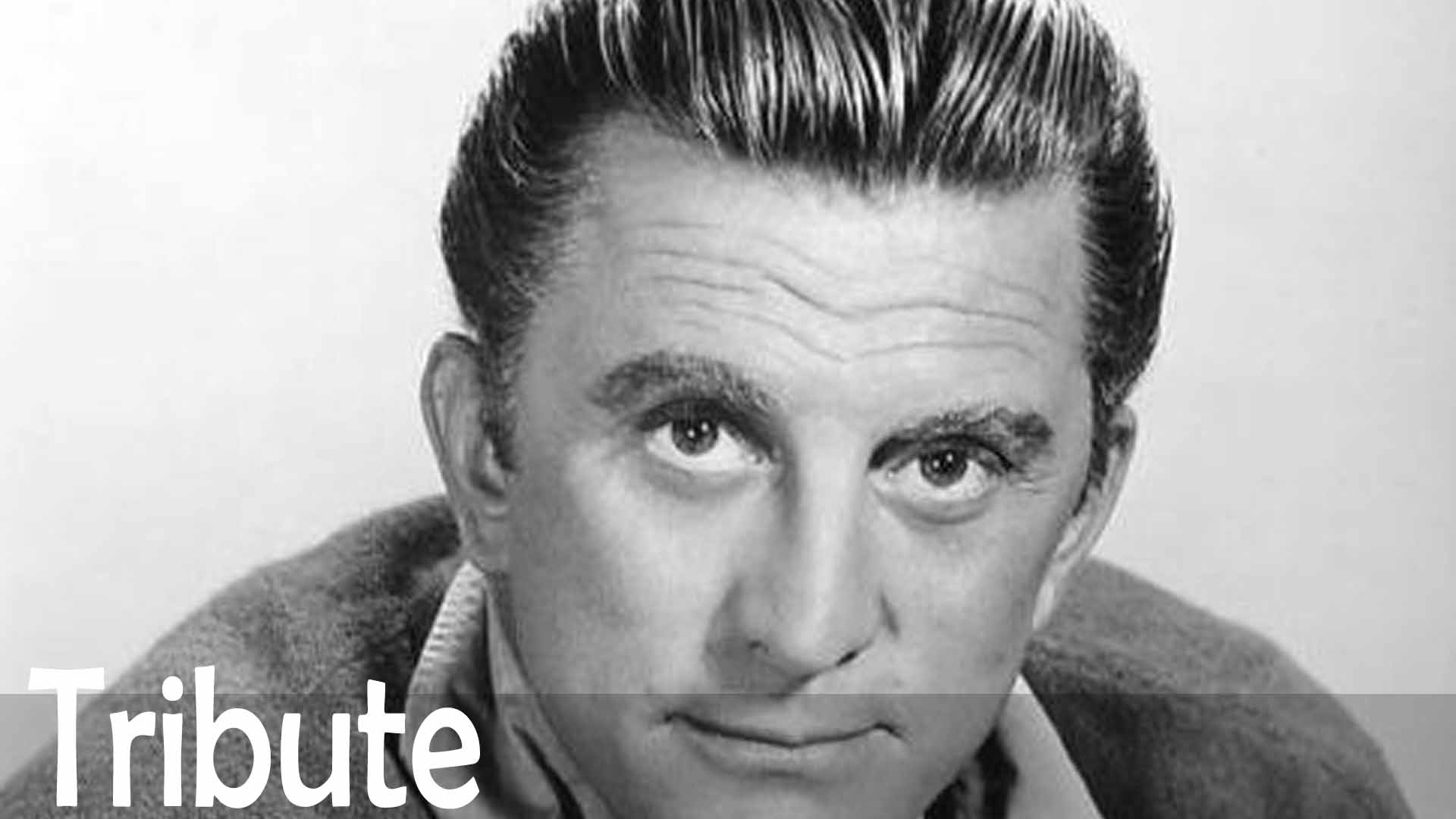Roger Corman Biography
One week, I was enjoying the cult classic Forbidden World (1982), and the next, Roger Corman passes away. As a filmmaker, he gave audiences a mix of the best and worst b-horror and sci-fi movies to grace the silver screen. Corman helped turn out such low-budget classics as Little Shop of Horrors (1960), The Pit and the Pendulum (1961) and Death Race 2000 (1975). Additionally, he gave many big-name actors and directors their first breaks, including Jack Nicholson, Diane Ladd, James Horner, Martin Scorsese, Jonathan Demme, Ron Howard, and Francis Ford Coppola, just to name a few. Throughout his career, Roger Corman wrote, produced, and directed some of the most influential films ever made. Although, you might not know it. It might sound like an overstatement, but his films and the people he worked with contributed too many of the greatest films in American cinema.
Early Life
Roger William Corman was born April 5, 1926 in Detroit, Michigan. His parents William and Anne moved the family to Los Angeles where Roger and his brother Gene, who would also become a film producer, went to Beverly Hills High School. After high school, he attended Stanford University, intending to follow the same career path as his father earning an engineering degree. Before completing school, he joined the U.S. Navy from 1944 to 1946. After his stint in the navy he returned to Stanford, completed his degree, then worked as an engineer for less than a week, realizing it wasn’t a career for him.
He always had a passion for movies, as one would probably while growing up in Hollywood. So, he took on various odd jobs until he landed a position at Twentieth Century-Fox as a messenger in the mailroom, eventually working his way up to story reader. One screenplay that he suggested and provided feedback on was eventually developed into the Western film The Gunfighter (1950), starring Gregory Peck. When his contributions went uncredited in the film, he left Twentieth Century-Fox.
After leaving Fox, Corman studied English literature for a term at Oxford University, using the GI bill. He then returned to Hollywood and got a job for a literary agency and wrote the script for Highway Dragnet (1954) which he sold to Allied Artists. Part of his deal in the sale was that they gave him an associate producer credit in the film. The producer credit opened some doors for him that helped with getting his first film made. He used his contacts and personal money to raise the budget to produce Monster from the Ocean Floor (1954).
In 1970, he married Julie Halloran, who also became a producer, and they would occasionally collaborate on projects together. They had four children together.
Career
Roger Corman is known for his short production schedules, low budgets, and reusing as many sets, locations, and props as possible. This all started with his first film, Monster from the Ocean Floor. Corman read a story in the newspaper about a company that had invented a miniature submarine. “I finished breakfast, called them up, said I was an independent filmmaker and would be interested in having their submarine in my picture,” he recalled in a PBS interview. The film cost between $12,000 to $28,000 to make depending on the source. He followed up Monster from the Ocean Floor with The Fast and the Furious (1954) before sitting in the director’s chair with Five Guns West (1955), a western made in under two weeks.
Throughout the 1950s, Corman collaborated with the American Releasing Company (ARC), which later became American International Pictures (AIP) under James H. Nicholson and Samuel Z. Arkoff, producing a string of low-budget western, action, horror, and science fiction movies, such as Gunslinger (1956), Carnival Rock (1957), and Attack of the Crab Monsters (1957).
Corman would often start with a title for his films and then write the script. The films were produced on small budgets, which Corman would attempt to reduce further by cutting corners wherever possible. Corman’s directors were given small budgets and frequently expected to finish filming in as little as five to ten days.
In 1960 Corman directed and produced the cult classic The Little Shop of Horrors. The film was shot in just two days. And featured a memorable role by a then unknown Jack Nicholson. The film came about when he spotted a set built for another movie lying vacant. He said in an interview with Empire, “If you leave it up, I can have a script written in a couple of weeks and I can go in there and shoot in a couple of days. They said yes, and that’s what we did. I hired the actors for a week. We rehearsed Monday, Tuesday and Wednesday, and then we shot the picture on Thursday and Friday.” The film inspired a stage musical and a 1986 musical adaptation starring Rick Moranis. Jack Nicholson would appear in multiple Corman films, later star in another low budget Corman film called The Terror (1963) along with Boris Karloff. When filming began, the movie didn’t have a proper script. Corman had access to The Raven (1963) set and opted to make use of it outside of filming The Raven. The movie’s storyline is minimal, and it was directed by different directors, such as Corman, Francis Ford Coppola, and Jack Nicholson, depending on their availability that day.
In 1966 Corman made The Wild Angels, a biker movie with Peter Fonda and Nancy Sinatra, that cost $360,000 and grossed more than $25 million. The movie featured many actual Hells Angels bikers, and got him sued by the biker gang, upset about the way he portrayed them. Most of what is featured in the film was told to him as experiences by the bikers. It was then followed up by The Trip (1967), a story about LSD written by Jack Nicholson and starring Peter Fonda and Dennis Hopper. Peter Fonda would go on to make Easy Rider (1969), co-starring Nicholson and Hopper.
Corman’s pictures were open for their time about sex and drugs. In preparing for The Trip, Corman dropped acid so that he could accurately portray the experience. “I had a wonderful trip; everything was spectacular about it,” he said. “I knew Jack, who was writing the script, had taken LSD. I knew Peter Fonda, playing the lead, had taken LSD. And Dennis Hopper, the co-star, had taken LSD. So I thought, as a conscientious director, I had really better do this myself.”
He was offered bigger budgets and larger films; however those offers came with terms such as which actor to use or script approvals. Corman preferred to be in control of his films, so he would turn down the larger offers down for that reason. This was an advantage of his films, because of their low budgets, it was easier for him to make a profit from the movie.
Other Corman alumni are Robert De Niro who got his first Hollywood film role Bloody Mama (1970), Pam Grier in The Big Doll House (1971), and Rocky himself, Sylvester Stalone who was in Death Race 2000 (1975). The film cost around $300,000 and starred David Carradine.
Are you a fan of the Fast a Furious movies? If so, you can thank Corman for the name. Corman produced a movie called The Fast and the Furious (1955). Later producer Neal Moritz discovered the film when he was launching a car-fueled franchise of his own starring Vin Diesel and Paul Walker. The film is not a remake or reboot, primarily Moritz wanted the name, so they came to an agreement under which Moritz swapped stock footage for name rights to the 2001 film and its successors.
In my humble opinion, it was the 1980s when he made some of his best b-movies, including Battle Beyond the Stars (1980), Galaxy of Terror (1981), The Slumber Party Massacre (1982), The Slumber Party Massacre II (1987), and Forbidden World (1982) to name a few.
He also acted occasionally, having cameos in films of some of the directors he mentored in the past, such as Swing Shift (1984), The Silence of the Lambs (1991), and Apollo 13 (1995).
The Poe Films
In 1960, Corman began working on a series of films based on the works of Edgar Allan Poe. The horror series started with The Fall of the House of Usher (1960). He had a rather large budget and shooting scheduled compared to his typical films. Working with a $200,000 budget, a 15-day-schedule. This spawned additional Poe films, including The Raven (1963), The Pit and the Pendulum (1961) and The Masque of Red Death (1964). The films featured horror movie legends such as Boris Karloff, Vincent Price, and Peter Lorre.
These films solidified his reputation as a master of horror and are recognized for offering decadent Gothic chills while delving into themes of faith and the supernatural.
The film Fall of the House of Usher was chosen for the National Film Registry in 2006.
New World Pictures
In 1970 he left AIP, taking a break from directing and formed New World Pictures along with his brother Gene, a distribution company saying, “I made too many films too fast and I was working almost constantly.” (https://lwlies.com/articles/roger-corman-career-interview/) New World became a successful distributer of independent films, releasing classics such as Fantastic Planet (1973) and The Arena (1974).
New World Pictures expanded their operations to include distributing foreign films. Many of which include films by Ingmar Bergman, François Truffaut, and Federico Fellini to name a few. Foreign films were one fifth of New World’s $55 million annual revenue by 1980. In 1983, he sold New World for $16.5 million.
He formed a new company a couple of years later called Concorde. There, he continued to crank out numerous b-movies, including an adaptation of The Fantastic Four (1994). Constantin who owned the rights to Fantastic Four, didn’t want to lose them, so they hired Corman crank out a micro-budget movie. The actors, not realizing the intent of the film, put on the best performances they could, and honestly, I would argue it is better than some of the larger, big budget versions that have been made. The movie was later bought and shelved by Marvel. However, you can find pirated copies pretty easily.
His final directing credit was in 1990 with Frankenstein Unbound, an adaptation of the 1973 Brian Aldiss novel that offered a futuristic take on the Mary Shelley story. The film received some decent reviews, however few people watched the movie.
Films With a Message
In 1962 he made The Intruder. The film is about racial integration in the south at that time. William Shatner, a stage actor with only a few credits to his name, starred in the film. The Intruder is about an agitator (played by Shatner) who comes to a small town and spurs racial unrest amongst the white townspeople to acts of violence against local blacks that culminate in a church bombing and a near-lynching.
The film was made on location in Missouri. Nowadays, that wouldn’t be an issue, but remember this was the deep south in the 60s when they were making a film about racism. Many locals were cast in roles in the film, including Charles Brown, a local black man at the local school that had just been integrated that year. The script he Corman gave to some of the locals was a different one than the film. This way, he was able to water down the message so as not to stir up the populace with the full anti-racist message of the film. However, even with the watered down script that they saw, he was met with threats of violence and murder threats from some of the local population.
Corman took great pleasure in making the film, and it received positive reviews. Unfortunately, the film was a financial failure. Corman would famously claim that it was the only film that he directed that didn’t make any money. One reason is some of the racist language used in the film caused it to be denied the Production Code Seal, which was in place at the time, and needed to show the film in most theaters. However, thanks to DVD and home video, as well as international showings, the film has now made a profit.
Targets (1968) wasn’t meant to be a film with a message. At the time it came about because Corman wanted to reuse some footage from The Terror. So, Peter Bogdanovich made a film that has Boris Karloff hosting a film at a drive-in theater, where a young man goes on a shooting spree. Something very relevant today… Unfortunately.
Legacy
In 1990 Corman published the book, “How I Made a Hundred Movies in Hollywood and Never Lost a Dime.” The book is a mix of humorous anecdotes about his life and a bit of insight into his filmmaking. And for any Roger Corman fan, a must read.
Roger Corman has received numerous lifetime achievement awards, a Grammy, and a star on the Hollywood Walk of Fame. In 1998, he received the first Producers Award ever presented by the Cannes Film Festival. Corman received an honorary Oscar in 2009. In 2006 Corman received the David O. Selznick Award from the Producers Guild of America. I could easily go on for some time as to the accomplishments of Roger Corman, but I won’t.
Roger Corman’s impact on the film industry is immeasurable with his ability to spot and nurture talent, his legacy lives on through the countless filmmakers and actors he mentored. His innovative approaches to low-budget filmmaking have influenced generations of filmmakers, and his career is a testament to creativity, efficiency, and a deep love for the art of filmmaking. His contributions to the industry have left an indelible mark, making him a true legend in the world of cinema.
Corman died May 9 2024 at the age of 98, at his home in Santa Monica, California, surrounded by his family.
Tags In
Related Posts
Leave a Reply Cancel reply
This site uses Akismet to reduce spam. Learn how your comment data is processed.
